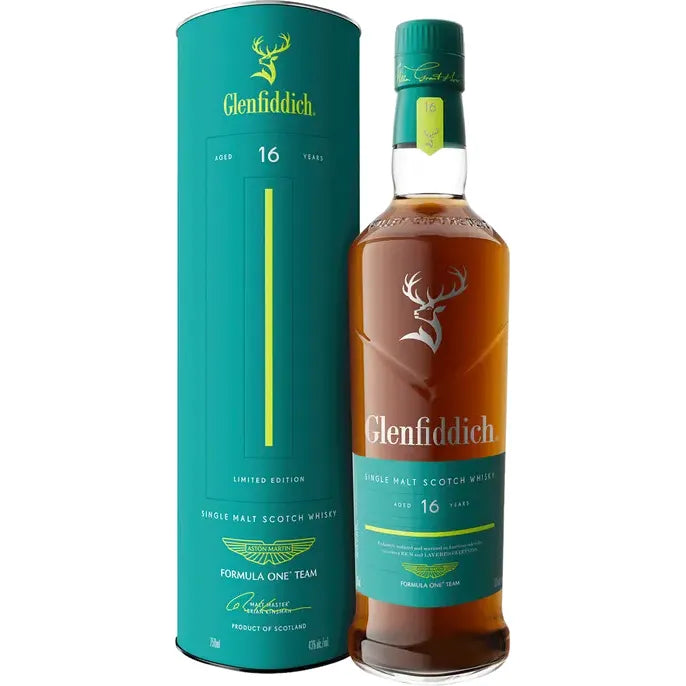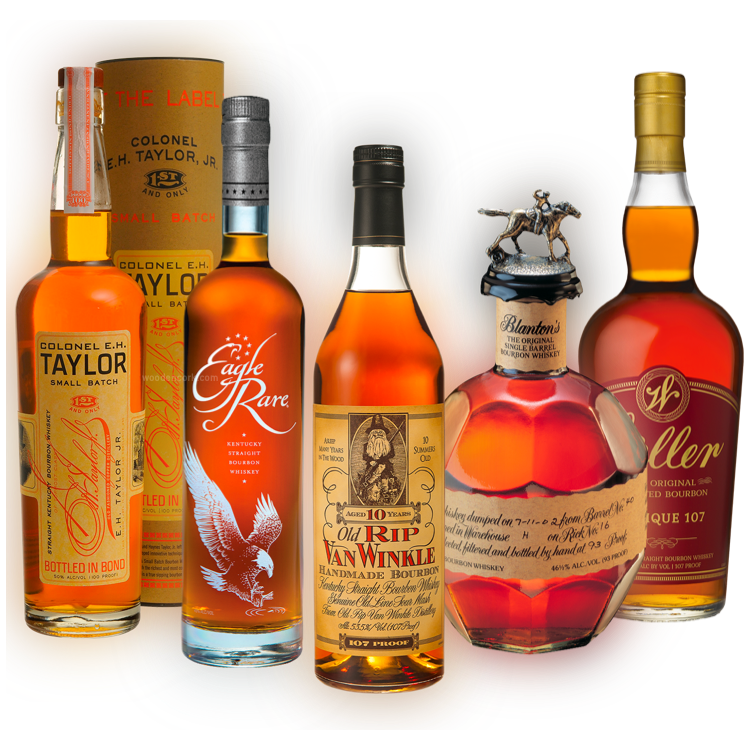The Case for Cachaça
Cachaça is the national spirit of Brazil and is wildly popular in its homeland with hundreds of producers. Most of that is largely for local consumption; however, a growing number of cachaça brands are now available on the U.S. market. Still, the Brazilian spirit is not yet on the radar of most American consumers. But that may change, say proponents and industry observers, as curious consumers discover cachaça and adventuresome bartenders experiment with cocktails beyond the classic caipirinha.
“The cachaça category is growing steadily, which mirrors the growth of other Latin spirit categories like pisco and mezcal,” says Ariana Vitale, brand ambassador for Novo Fogo Cachaça Empresária. “Importantly, we have seen an increase of interest in artisanal cachaça, as opposed to industrially-produced cachaça.”
“Cachaça is the typical and exclusive sugar cane spirit of Brazil made from the distillation of fermented fresh sugar cane juice; on the other hand, most rums are made from molasses,” explains Darleize Barbosa, export manager for Companhia Muller de Bebidas, producer of Cachaça 51 (the best-selling brand in Brazil with 30% of market share, selling over 17 million 9-liter cases in 2014).
“Cachaça is on the cusp—it has the potential to be hot and trendy but I don’t think it’s there yet,” says Marlana Persson, marketing coordinator for Niche Import Co., whose portfolio includes CanaRio Cachaça. She compares the Brazilian spirit to rhum agricole, which is a type of rum made from cane juice currently popular among bartenders.
Nearly all of the half dozen cachaças carried by Cleveland, Ohio-based Minotti Wine & Spirits are sold to its bar and restaurant accounts, says manager Jim Guzay.
“I think cachaça is more of an on-premise product right now,” says Michael Berkoff, president of BevMax, a group of retail stores in New England that carry a number of cachaça SKUs. He believes that difficulty in pronouncing cachaça and caipirinha may be a challenging factor.
“Cachaça is still a complicated concept for American consumers who are still struggling to understand what it is,” says Josh Hafer, communications manager for Heaven Hill Distilleries, whose entrant in the field is Agua Luca Cachaça.
 Mixing it Up with Consumers
Mixing it Up with Consumers
For its part, Cachaça 51 is working with a number of American mixologists to create new cocktails using the spirit and increase awareness of its mixability beyond the Caipirinha, and is active in various social media channels. The company also launched new packaging last year; with the 51 logo embossed on the top of the bottle and a label that optimizes the Cachaça 51 logo.
Relative newcomer Novo Fogo Cachaça focuses on organic and sustainable production methods. The brand is currently available in 28 states, as well as Canada and Australia. It conducts cachaça classes and tastings for industry and trade members and produces its own videos to educate professionals and consumers about the spirit. Novo Fogo’s Caipirinha Kit contains a bottle of Silver Cachaça, a muddler and two mason jars for building, shaking, and drinking caipirinhas.
Novo Fogo Cachaça makes both Silver Cachaça, which is rested in stainless steel for a year before being bottled, and Barrel-Aged Cachaça, which is matured for two years in repurposed Bourbon barrels. This year the brand launched a number of Special Release expressions and two different 7-year, Single-Barrel Cachaças.
“Cachaça has grown over the past year, but the average consumer is still largely unexposed to this product,” says Arvind Krishnan, vice president at Bacardi U.S.A. However, the rum giant recently showed its faith in the future of the spirit by acquiring full ownership in Leblon Cachaça this July.
“I think cachaça has a place in the U.S., largely thanks to the caipirinha, which is a dynamite drink,” Hafer says. “And I think there will be a reasonable uptick in interest as the Olympics in Brazil approaches.”
“We are keeping our eye on Cachaça,” says Brian Mequet, vice president of marketing for Pernod Ricard USA. (The global company has cachaça interests in Brazil). “That’s a trend we think is going to take hold in the not too distant future. It’s coming.”
Thomas Henry Strenk is a Brooklyn-based freelance writer with over 20 years experience covering the beverage and restaurant industries. In his small apartment-turned-alchemist-den, he homebrews beer kombucha, and concocts his own bitters and infusions.
The post The Case for Cachaça first appeared on Beverage Dynamics.




